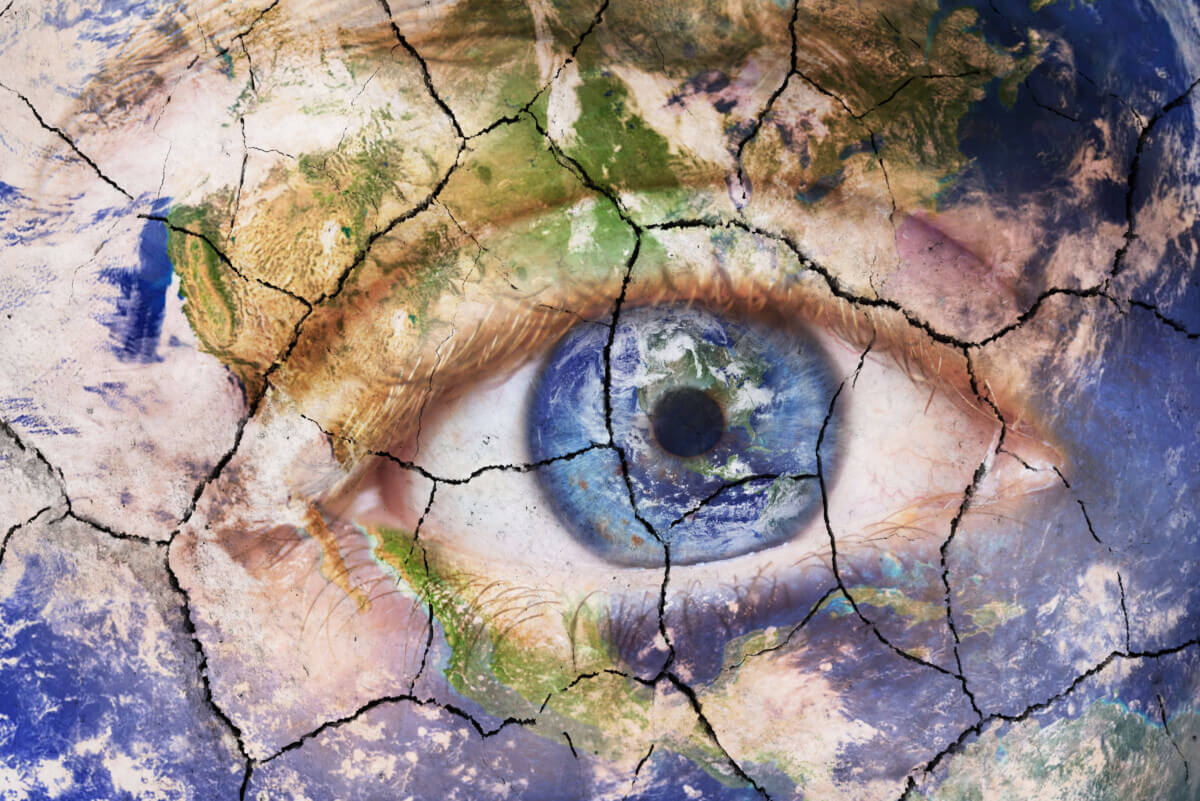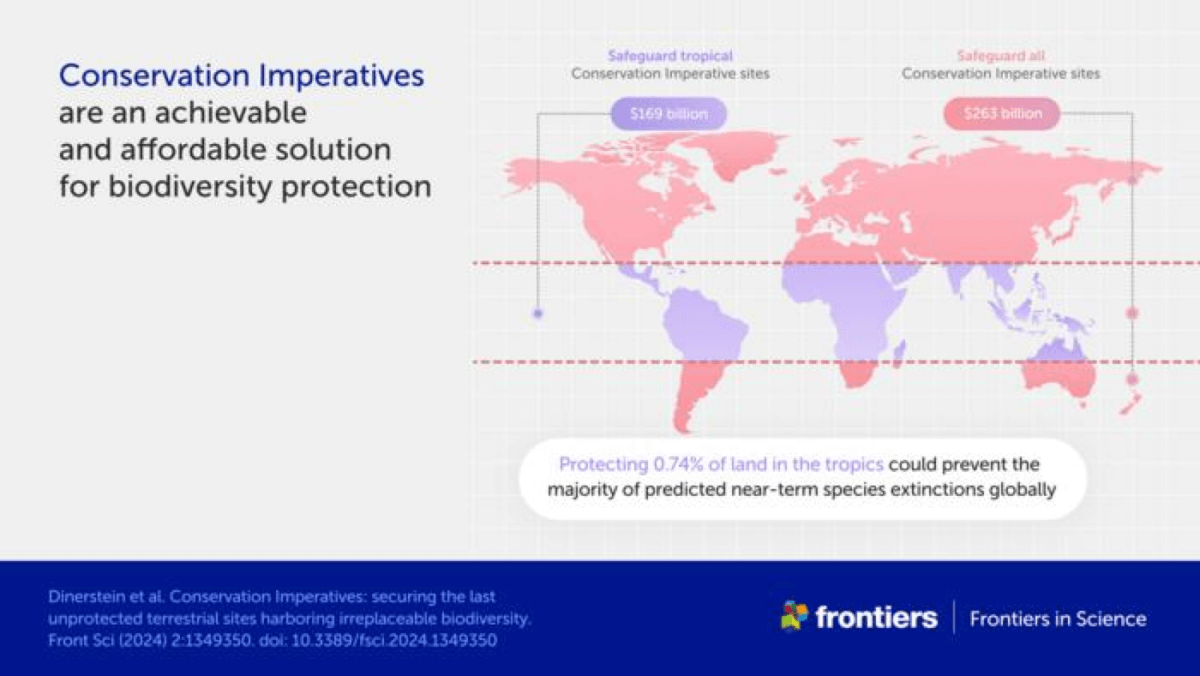
(© herraez - stock.adobe.com)
WASHINGTON — In a world where the boundaries between human communities and the wilderness blur with each passing year, a groundbreaking study explains how preserving just a tiny amount of the Earth's surface could prevent the next mass extinction event. An international team warns that the final unprotected havens of rare and endangered species across the globe live in these relatively minuscule spaces that make up just over one percent of the planet's surface.
The study, published in the journal Frontiers in Science, calls these last refuges of biodiversity irreplaceable, and their loss would trigger the sixth major extinction event in Earth's history.
“Most species on Earth are rare, meaning that species either have very narrow ranges or they occur at very low densities or both,” says Dr. Eric Dinerstein of the NGO Resolve, the lead author of the report, in a media release. “And rarity is very concentrated. In our study, zooming in on this rarity, we found that we need only about 1.2% of the Earth’s surface to head off the sixth great extinction of life on Earth.”
Methodology: Mapping the Conservation Imperatives
The research team combined six key biodiversity datasets to map out 16,825 vital areas, covering approximately 164 million hectares, that are currently unprotected. These areas were identified by overlaying existing protected zones with regions known for their rare and endangered species.
The team then refined this data using fractional land cover analysis, which allowed them to pinpoint the exact regions still harboring significant natural habitats that require immediate conservation efforts.
Results: Revealing a Dire Need for Protection
The results are alarming. A vast majority of these critical areas are located in the tropics, which are hotspots for biodiversity but also highly vulnerable to human interference and climate change.
Despite covering only 1.22% of the Earth's terrestrial surface, protecting these areas could prevent a disproportionately large number of species extinctions. Furthermore, the study highlights that recent global efforts to expand protected areas have largely overlooked these crucial habitats, with only 7% of what the scientists call “conservation imperatives” being identified and currently safeguarded.
“These sites are home to over 4,700 threatened species in some of the world's most biodiverse yet threatened ecosystems,” says study co-author Andy Lee of Resolve. “These include not only mammals and birds that rely on large intact habitats, like the tamaraw in the Philippines and the Celebes crested macaque in Sulawesi Indonesia, but also range-restricted amphibians and rare plant species.”

Study Limitations: Challenges in Conservation
One major challenge is the geographic and financial scope required to protect such vast areas. The estimated cost to secure all identified sites is around $169 billion, with expenditures varying greatly depending on the region. Additionally, the complexity of local ecosystems, varying degrees of habitat degradation, and socio-economic factors make implementing conservation strategies particularly challenging.
Discussion and Takeaways
The study emphasizes the feasibility of these conservation efforts, noting that while the financial figures may seem daunting, the cost of inaction would be much higher, both ecologically and economically. The researchers advocate for a strategic approach that prioritizes these areas within global conservation planning frameworks, such as the proposed “30×30” initiative, which aims to protect 30% of the Earth's surface by 2030.
“What will we bequeath to future generations? A healthy, vibrant Earth is critical for us to pass on,” Dr. Dinerstein concludes. “So we’ve got to get going. We’ve got to head off the extinction crisis. Conservation Imperatives drive us to do that.”










